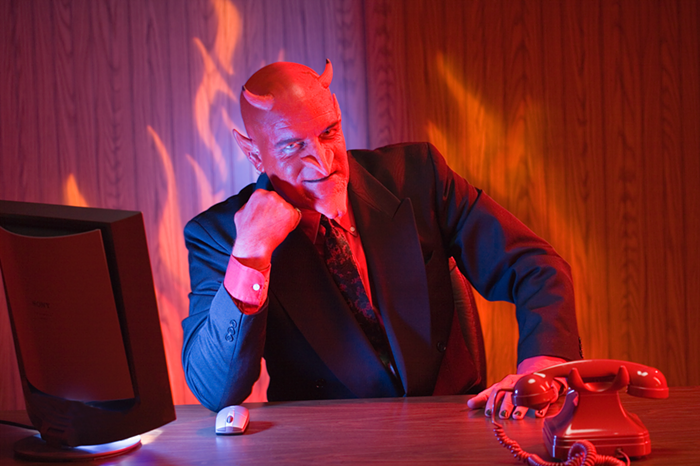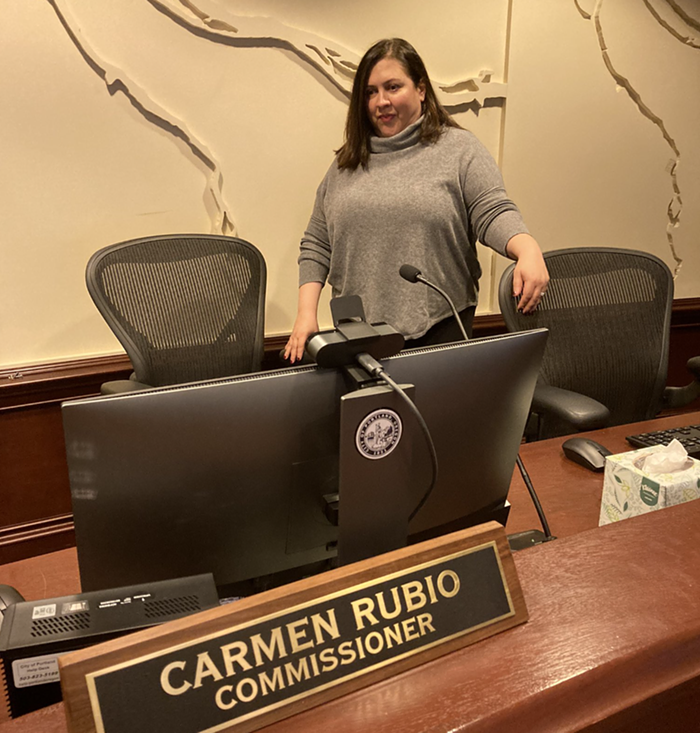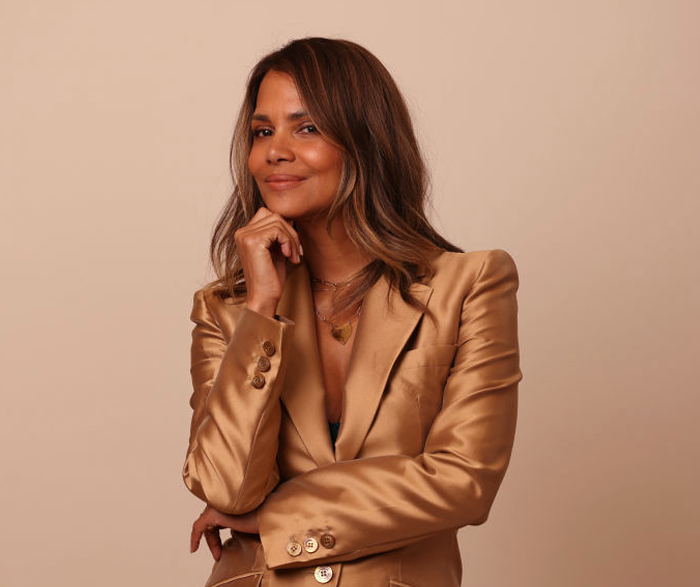2001 Thesis Exhibition
Stevens Painting Studios Pacific Northwest College of Art
226-4391, Through June 9
Fifty-one graduating students present thesis work at the new Cornelia and William T.C. Stevens Painting Studios at PNCA. The beautiful studio space hosts the annual event--traditionally a bridge between the students and the larger art community that awaits them. In the events press release, Jane Bebee of PDX gallery states, "PNCA graduates are known for promising work...We come to the show to see what's on the horizon." This year's exhibit delivers some of the promise that Bebee speaks of.
The exhibit largely favors painting, with a smattering of sculpture and photography. Also included are a few video pieces and multi-media installations. As with most group exhibitions of young artists, technical skill and conceptual force vary quite a bit. Within the sea of multiple works by each of 51 artists, there is certainly a range of subject matter and artistic impulses. This particular viewing experience requires more than a five-minute scan. It is worth the effort to explore each of the studio spaces and become familiar with a new batch of young artists. Among the young hopefuls, there are a few artists who stand out--those who best blend technical skill with an individual message.
Anne Rybak, for example, presents a grouping of photographic diptychs. Each pair includes a silver gelatin print and a corresponding panel, usually including text. Rybak states that the work centers around "Dissolving, Impermanence, Transcendence.." Certainly these ideas are evident in the work. In "Wraith Diptych," a layering of images comprise the top panel. A pair of bird shadows, glass shard, feather, and textural elements suggest the metaphors of death and transcendence that Rybak speaks of. The panel below adds a more intimate aspect to her work. The artist recently lost her mother to cancer--she includes a portion of the death certificate in the encaustic panel. The work is cohesive, smart and provocative; Rybak centers keenly universal themes.
Chris Jessup's sculpture, "Mutual Influence," (above) is a playful but elegant form that blends brass and fabric. The large, suspended work is a whimsical coiling of thick brass wire. This armature is then clothed in parts with stained pink and white ribbons. The form has a weight and seriousness to it, though such is interrupted by the bright pink material. It is simultaneously ugly and beautiful--taunting the viewer to consider the dichotomy.
Joseph Hockett's paintings are the largest in the exhibit, and they do the job of creating a sense of enclosing space. Hockett relies on a dark palette (brown, black, grey) to create his abstract landscapes. His work seems heavily influenced by the contemporary painter Anselm Kiefer. The large panels are dark and brooding, burnt evidence of a once-lush environment.
The aforementioned artists are only a fraction of what is represented in the thesis exhibition. But for my money they will eventually be leaders in the Portland art community.












